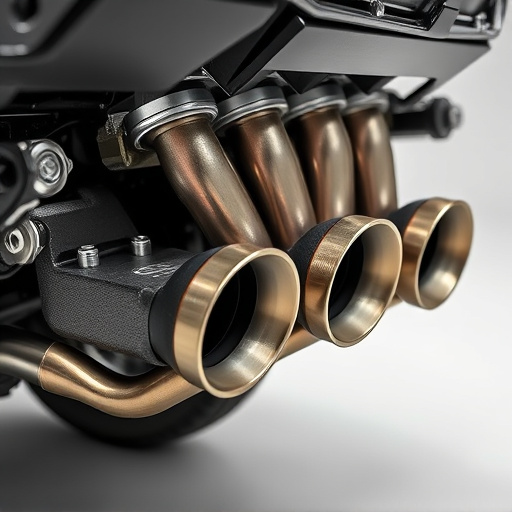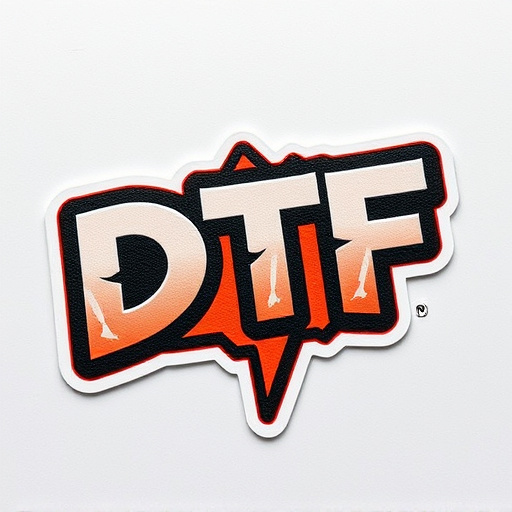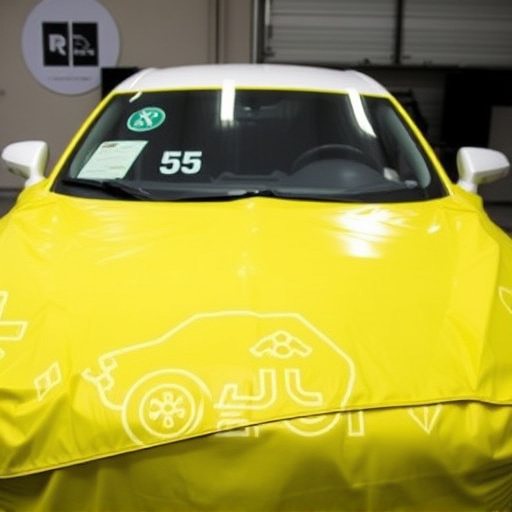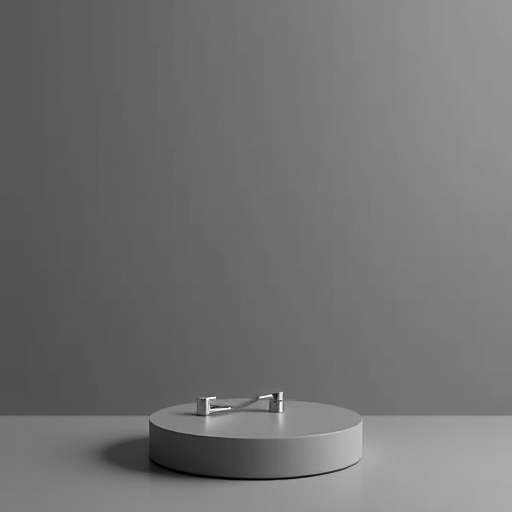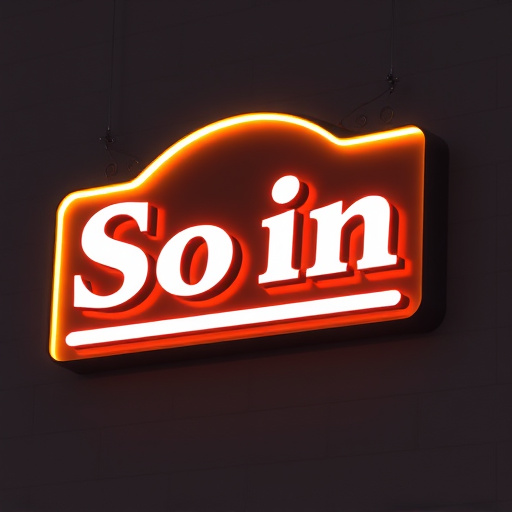When exploring custom design services for automotive needs like vehicle wraps or window tinting, clients should initiate a collaborative process with clear communication, references, and detailed outcome descriptions. Open dialogue ensures designers create unique, tailored solutions meeting individual preferences, exceeding expectations, and fostering a satisfying experience. Proactive gathering of specifications, reference images, brand guidelines, and existing designs by clients further streamlines the creative process, enabling designers to efficiently transform client visions into reality.
Smooth design services depend on clear communication and well-prepared materials between clients and designers. In this article, we explore what clients should provide for optimal custom design services. From understanding the fundamentals of these services to streamlining the process with essential elements for effective communication, you’ll gain insights to ensure a seamless collaboration. Learn how to prepare necessary materials to guide your designer towards your vision, resulting in exceptional outcomes.
- Understanding Custom Design Services: What Clients Need to Know
- Essential Elements for Effective Client Communication
- Streamlining the Process: Preparing Necessary Materials
Understanding Custom Design Services: What Clients Need to Know
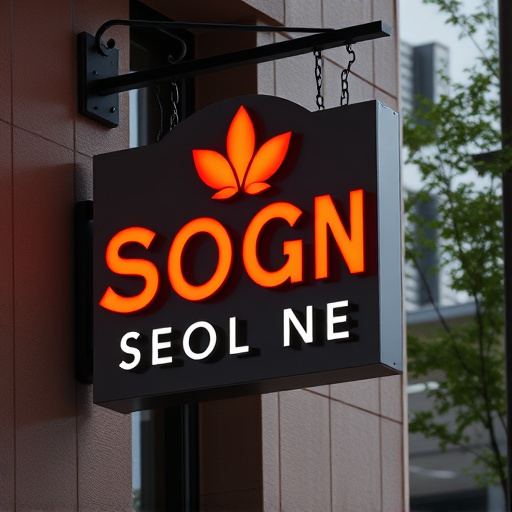
When considering custom design services, clients often have a vision but may not know where to start. Custom design isn’t a one-size-fits-all process; it involves crafting unique solutions tailored to individual needs and preferences. Whether it’s for vehicle wraps, window tinting, or premium automotive services, understanding the scope of what’s possible is key.
Clients should prepare by gathering references, mood boards, and clear descriptions of their desired outcome. Open communication with designers is vital; sharing ideas, inspiration, and any specific requirements ensures the final product aligns perfectly with expectations. This collaborative approach allows for the creation of something truly distinctive, setting the stage for a successful project.
Essential Elements for Effective Client Communication

For custom design services to reach their full potential, open and transparent communication between clients and designers is paramount. Before beginning any project, clients should provide clear and comprehensive information about their vision, goals, and expectations. This includes sharing details about the intended use of the final product—whether it’s a vehicle wrap that offers UV protection or a professional PPF installation for enhanced aesthetics and durability.
Effective communication also involves setting realistic timelines, discussing budget constraints, and outlining any specific requirements or design preferences. By fostering a collaborative environment where both parties actively listen and engage, clients can ensure their custom vehicle wraps or other design solutions not only meet but exceed their expectations, resulting in a seamless and satisfying experience.
Streamlining the Process: Preparing Necessary Materials

To ensure a smooth process when availing of custom design services, clients should take proactive steps by gathering and preparing all necessary materials. This preparation acts as a foundational step in transforming their vision into reality. Among the essential items to be ready are detailed specifications, reference images, brand guidelines (if applicable), and any existing designs they wish to incorporate or build upon.
Having these materials ready allows designers to quickly grasp the client’s needs, streamlining the creative process. For instance, providing custom graphics or even ideas for car customization via vinyl wraps will offer designers a clear direction, enabling them to deliver tailored solutions efficiently. This proactive approach fosters collaboration and ensures that the final output aligns perfectly with the client’s expectations.
Smooth and successful custom design service delivery relies on open communication and well-prepared materials from clients. By understanding their role in the process, clients can effectively collaborate with designers, ensuring a seamless journey from concept to completion. Preparations include gathering essential information, providing clear briefs, and offering necessary resources, all of which contribute to creating exceptional designs that meet their unique needs.





